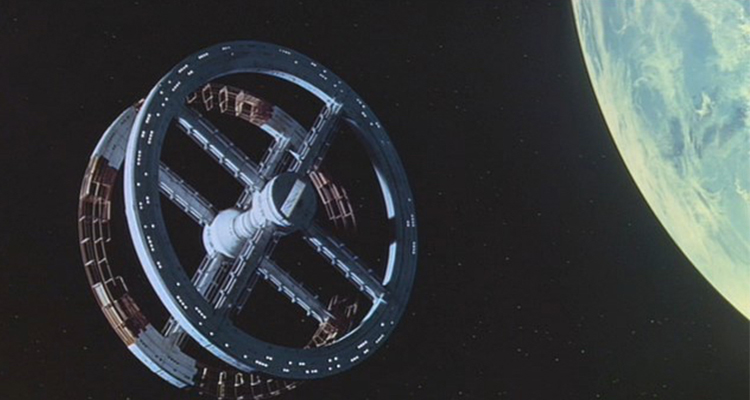(Editor’s note: In the last two weeks, we read about the Big Idea (Part 1) and Big Idea (Part 2). Today, Robert E. Strong wraps things up. Did his “Big Idea” make the cut? Read on … )
For over third of a century, I have been talking to anyone that will listen about “the Elephant in the Room” in terms of the human exploration of space and the presumed end goal of this exploration. I have spoken to students, teachers, scientists and the general public about a universally accepted assumption that presupposes that there will be permanent human habitats, bases and colonies in space and on the surfaces and in the atmospheres of planetary bodies, moons and other worlds in the solar system ushering humanity to become a true spacefaring species. Eventually, we presume that humanity will be moving on to the stars, ultimately exploring and living throughout the Milky Way Galaxy as galactic citizens.
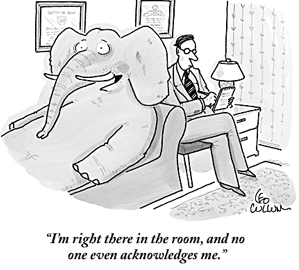
There is a slight problem with this assumption — a problem that few want to acknowledge. Can humanity survive and thrive anywhere else than on the surface of the Earth? This is “the Elephant in the Room” for human space exploration — the Big Question.
The answer to this Big Question will define both the future destiny of humanity and where humanity will spend that future.
While working on a master’s degree in “Space Studies,” I attended and presented at multiple conferences of the “Moon Society,” “Return the Moon,” The “Mars Society,” “Space Studies Institute” and others in the late-1990s through mid-2000s. No one at these space-related conferences wanted to openly talk about — the “Elephant in the Room.”
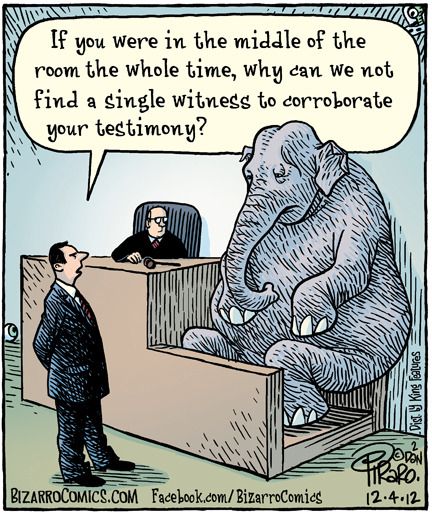
To answer this Big Question, we need a Big Idea.
The following is the Big Idea that I recently sent to the National Science Foundation in response to their request (see Big Idea: Part 1 and Part 2).
Here, with some minor changes, are a few of my responses to NSF’s Big Idea request:
Title of your Big Idea
Fractional Gravity Experiment
What is the compelling question or challenge?
The key question of humanity as a fledgling spacefaring species ready to colonize other world surfaces: “At what fractional gravity threshold will humans remain healthy indefinitely in space?”
What do we know now about this Big Idea and what are the key research questions we need to address?
Key research questions that we need to be addressed for the Fractional Gravity Experiment (FGE): How large is a full-scale FGE? Can we create a more cost-effective and fully functional scaled-down model to determine the fractional gravity threshold for humans using white-footed mice surrogates?
A full-scale FGE would require an enormous investment of capital, time and resources. A full-scale Fractional Gravity Experiment would look similar to an Earth-orbiting spinning wheel like Space Station V from 2001: A Space Odyssey (1968) however, scaled up from the nearly 150-meter rotational radius envisioned by Kubrick (film) and Clarke (novel). Space Station V rotated once every 61 seconds. It has been known for over half a century that humans in simulated rotating environments have the fewest motion problems when the period of rotation is 60 seconds or longer. Arthur C. Clarke chose a period for Space Station V as 61 seconds to simulate the gravitational field of the Earth’s Moon (0.165 g or 1.62 m/sec2). It should be noted that the average gravitational acceleration at the Earth’s surface is defined as 1.00 g or 9.81 m/sec2. A rotational radius of 152.7 meters (501 feet) with a 61 second period produces a fractional gravity mimicking that of the Lunar gravity, about 1/6 Earth- normal gravity.
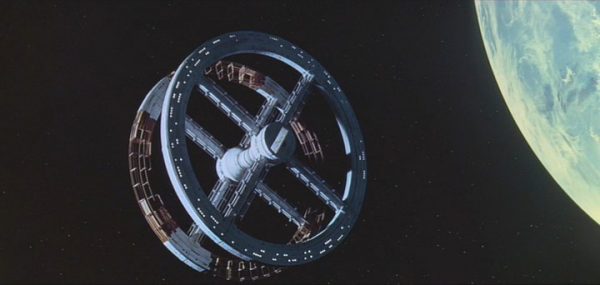
To get a full 1.0 g (9.81 m/sec2) (gravity) as found on the Earth’s surface, the Space Station V would need to be scaled up to a rotational radius of 924.6 meters (3,033.5 feet) with a rotational rate of 61 seconds. A full-scale Fractional Gravity Experiment would have concentric rings for each of the fractional gravity levels to investigate. A proper scientific experiment would be to start at the hub having essentially 0.0 g and progress to the 1.0 g “Earth-level gravity” area with fractional gravity increments every 0.1 g every 92.46 meters (303.35 feet) from the center of rotation. Additional fractional gravity levels for luna having 0.165 g (1.62 m/sec2), at 152.7 meters (501 feet) from the hub and Mars at 0.379 g (3.72 m/sec2), 350.6 meters (1,150.3 feet) from the hub need to be included as these are the two worlds with solid surfaces thought to be the future colony worlds for humanity. A proper experiment would involve dozens of human subjects living within this rotating structure for generations at specific incremental artificial gravity levels to get the data needed to come to an acceptable scientific conclusion. Realistically, this is just not going to happen — NSF does not have the budget or time to invest on an experimental research project having such a gigantic cost and long-term scale.

Back of the envelope calculations using a scaled-up Space Station V design to create a full-scale FGE as described above, would mass at least 30,000 metric tons! It should be noted that the International Space Station masses 417.3 metric tons, took years to construct and cost somewhere in the range of $150Billion. With launch costs at $10 million per metric ton, the price tag for the full-scale FGE would equal $300 billion for launch costs alone (not counting development costs, on-orbit assembly, crew/subject launch costs, consumables, etc.). It is estimated conservatively that the actual cost of a full-scale FGE will easily exceed a $1.0 trillion. It should be noted that the sum of all the allocated annual NASA budgets from 1958 to 2018 was $601.31 billion in nominal dollars. The Office of Management and Budget shows that when this $601.31 billion is measured in real terms and adjusted for inflation for today’s current-value dollars, NASA’s total 60-year budget would equal $1.32 trillion. The entire 2018 annual NSF budget is $7.8 billion. As stated before, this full-scale Fractional Gravity Experiment is not going to happen.
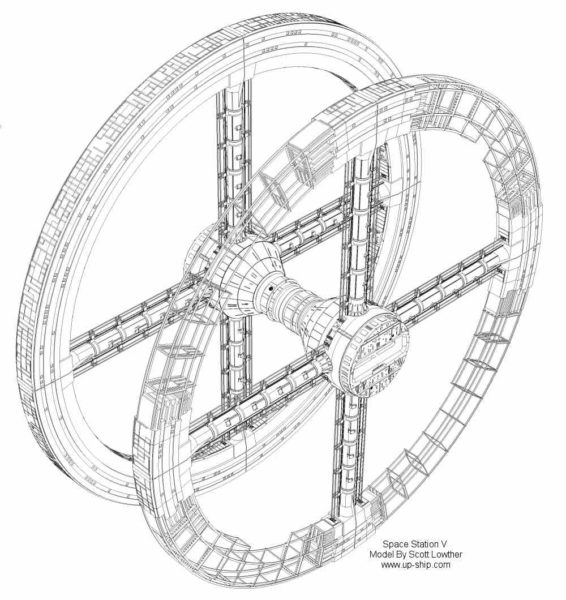
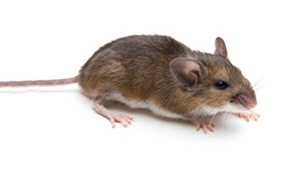
We can, however, perform a scaled-down model with laboratory mice, specifically, the white-footed mouse (Peromyscus leucopus). A white-footed mouse is about 1/20 of the size (length) scale of a human and about 1/3500 the mass, requiring far fewer consumables (water, food, oxygen, etc.) than a human subject. At each of the fractional gravity levels, white-footed mice will be housed in modular “apartments” identical in every way except for their level of artificial gravity determined by their placement from the rotational axis of the structure.
A 1/20 scale Fractional Gravity Experiment (FGE) is envisioned as a single collapsible tower. This single tower would not be a wheel-type space station, but a single diameter-spoke of a wheel-type space station having a rotational radius of 46.23 meters (1/20 of the full-scale FGE) having a rotational period of 13.64 seconds (61 seconds times the square root of 1/20). The collapsible tower and the white-footed mouse apartments could be ferried to the International Space Station (ISS) in a single cargo launch and assembled in orbit by the crew of the ISS. The 1/20 scale FGE would be performed near the ISS and be serviced for consumables by the ISS crew. The estimated mass of this 1/20 scale FGE would total under two (2) metric tons. The total estimated budget for the 1/20 scale FGE would be under $100 million. This is well within a single annual budget of the National Science Foundation and is equivalent to the total budget of a single typical planetary mission for NASA. Thus, the 1/20 scale Fractional Gravity Experiment is a viable experimental way of answering the question: “At what fractional gravity threshold will humans remain healthy indefinitely in space?”
Why does it matter?
Why does it matter what the outcome of the FGE is? The outcome of the FGE will determine the directional destiny of humanity as a fledgling spacefaring species. If the results of the FGE show us that humans and their associated biosphere require a 1.0 g (9.81 m/sec2) environment (gravity at the surface of the Earth) then no solid surface of any world in the solar system will provide humans with the level of gravity needed to remain healthy indefinitely in space. All solar system solid-surface worlds may eventually be visited by human crews, but those visits must be for limited stays.
Humans will never be able to call these worlds their home. These worlds will never have human cities or be the future sites of colonization for humanity. If humans require a 1.0 g gravity environment to sustain long-term health to work, live, play and raise families — the only worlds humanity can permanently call home will be artificially created, spinning structures, inside-out mini-worlds, space stations and space habitats envisioned by Edward Everett Hale, Konstantin Tsiolkovsky, John Desmond Bernal, Dandridge M. Cole, Wernher von Braun, Arthur C. Clarke and Gerard K. O’Neill.
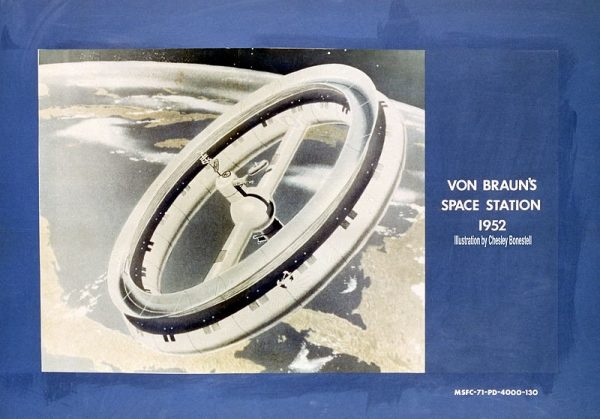
If the results of the FGE show that humans and their associated biosphere can live, work and play for generations with no substantial health effects at lower fractional gravity levels than Earth’s 1.0 g, then artificial spinning space stations and space habitats may still be built, but will be only a part of the overall future picture of humanity as a true spacefaring species.
If we invest in this area, what would success look like?
Success in implementing and evaluating the results of the Fractional Gravity Experiment (FGE) will have few shades of gray. Success will be simply finding the answer to the question: “At what fractional gravity threshold will humans remain healthy indefinitely in space?” This answer will give a “Go” or “No Go” to the ideas, hopes and dreams of outpost, bases, research stations and eventually cities and colonization of the Earth’s moon and Mars. If the FGE results demonstrate a human health threshold of gravity higher than either luna or Mars can provide, this will result in a major re-evaluation of the presently accepted collective long-term plan of human missions back to the moon and on to Mars, not to visit, but to stay. Human space exploration has as the end goal the colonizing of other worlds within the solar system. Furthering this line of reasoning: an alternative direction in human space exploration, i.e., artificial rotating, inside-out-worlds will be the new direction we as a fledgling spacefaring species must follow.
The true success of the FGE will be in deciding what the long-term destiny of humanity as a fledgling spacefaring species will look like. Will our descendants explore, live, work and play on the surfaces of and within the gravity wells of numerous worlds in the solar system? Or, will humanity be found within artificial rotating space habitats? These inside-out worlds could range in size from the Earth-orbiting Space Station V from 2001: A Space Odyssey (1968), Kubrick (film) and Clarke (the novel) producing a fractional gravity (lunar gravity 1/6 Earth normal), to the huge Rama class mini-worlds envisioned by Arthur C. Clarke and Gerard K. O’Neill.
Why is this the right time to invest in this area?
Now more than ever, there is talk of human missions returning to the Earth’s moon and the real prospects of a human Mars mission to the Martian surface. Humanity needs to know if Mars is a suitable world upon which to invest an enormous amount of our energy, talents, time, capital, imagination and dreams. If the surface gravity of the planet Mars is insufficient to sustain healthy permanent human habitation, humanity needs to know before we invest any more of our assorted capitals.
Colonization and eventual terraforming of the planet Mars will be the largest single investment in the history of our species. We need to invest in the FGE to ensure this far larger investment of colonizing Mars is within the realm of feasibility. Investing in the FGE will determine if humanity as a fledgling spacefaring species colonizes the surface of worlds in the solar system or utilizes artificial rotating inside-out-worlds.
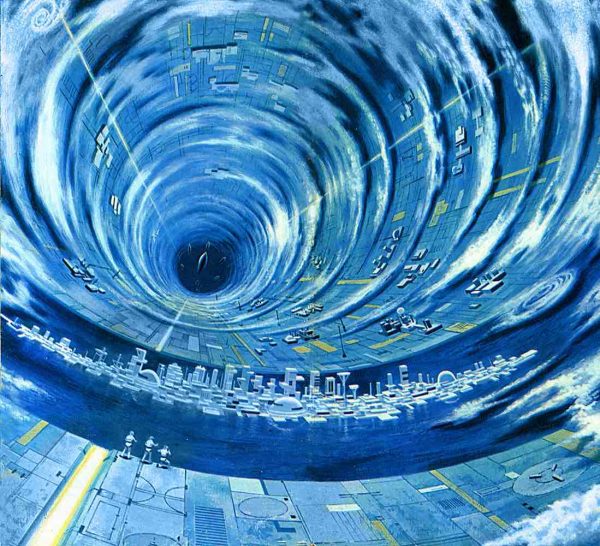
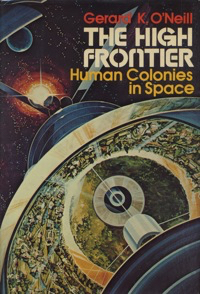
Reference No. 1: Rendezvous with Rama by Arthur C. Clarke, published 1973
Reference No. 2: The 2001: A Space Odyssey, Earth-orbiting Space Station V, 1968
Reference No. 3: The High Frontier: Human Colonies in Space by Gerard K. O’Neill, published 1977
UPDATE: The recent 35-day government shutdown interrupted the NSF Big Idea program. I was supposed to find out by mid-January if the Fractional Gravity Experiment would make it through the first round of reviews. I was informed on Feb. 14, that it was not. Happy Valentine’s Day. The Fractional Gravity Experiment remains (in my mind) the “Elephant in the Room” of human space exploration.
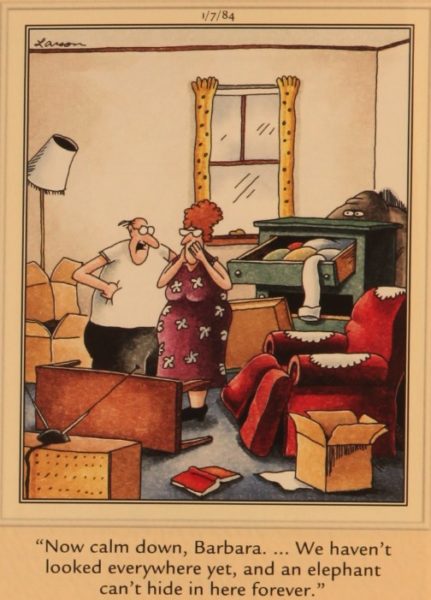
• Robert E. Strong received a bachelor of arts degree in physics with minors in mathematics and philosophy and has a master’s degree in space studies. Robert taught secondary school math and science in Benin, West Africa, (Peace Corps volunteer) and in American Samoa. He worked as a physicist in a research laboratory. Robert is president of the Near Earth Object Foundation dedicated to educating the general public about Near Earth Objects and providing public StarWatches. Robert and his wife Libby started the SMART-Center in 1994, a hub for science- and math-related activities for area schools, educators and the community. They also operate the SMART Centre Market — an interactive hands-on science store in Wheeling, featuring Orion telescopes, science toys and Kirke’s ice cream.


